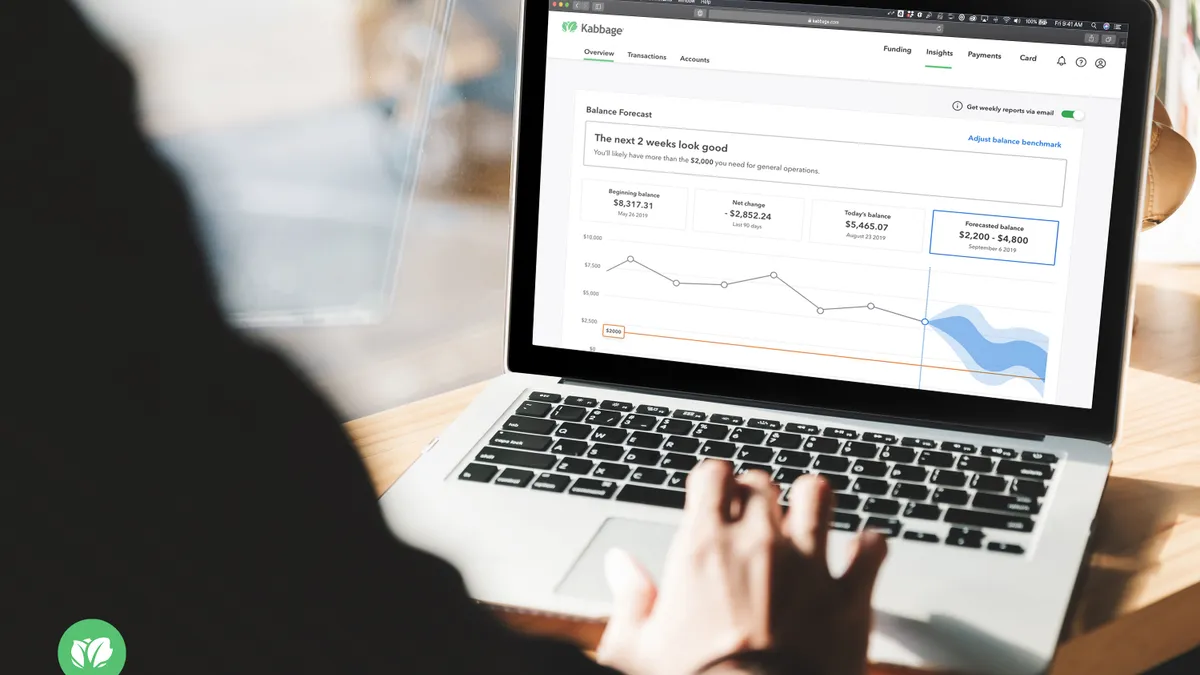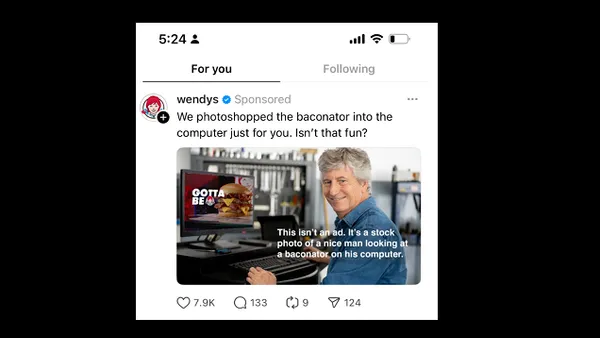The following is a guest post from Tasso Argyos, founder and CEO of customer data company ActionIQ. Opinions are the author's own.
When COVID-19 hit, everyone was thrown, and the marketing industry at large had no choice but to navigate the unknown. As a customer data platform, ActionIQ typically tells clients to use data to listen to customers and react accordingly. But, now the shoe was on the other foot. It was our turn to listen.
We brought together executives from brands such as American Eagle Outfitters, American Express, Dunkin' Brands, American Airlines, Google and more to share guidance through live, virtual panels. These leaders shared real-time learnings of efforts to help their customers and employees — and the takeaways provide a new playbook for managing customer experiences during and post-pandemic.
Here are some of the key insights that came out of the series.
Sales isn't the sole objective. It's brand-building time
Consumers are experiencing a wide range of challenges and needs, from financial strain to seeking security, comfort or diversion. In the short term, brands are using every means available — including social media, surveys and associates on the ground — to listen and find ways to connect with them where they are now.
Amanda Bopp, VP of digital marketing and CRM at Kate Spade shared how the designer brand is "focused on building community — because not everyone is in shopping mode right now. Social media is a great way to shape our message in near real time."
Customers will look back and ask themselves if the brand understood them, related to them and helped them with what they needed during this crisis.
"Brands should be very sensitive about being authentic and helpful. Great companies are reminding people of the mission and only providing useful information," added Carl Sparks, board of directors member at Avis Budget Group and Dunkin' Brands.
Data and agility are critical
The more data you have, the better you can understand your customer. But brands need to become more nimble and flexible at accessing that data and then responding to their customers' rapidly changing needs. This requires a new level of organizational agility.
"The customer and the data is at the center of the new world. The true value comes from your relationship with the customer and this crisis has really brought that to the forefront," said Carrie Tharp, VP of retail and consumer at Google Cloud.
While one customer may be experiencing challenges of working from home for the first time, another could be struggling to make rent. Messages appropriate for one will seem irrelevant, tone deaf or insensitive to the other. Brands are going to great lengths to segment customers and determine which messages are appropriate.
"The goal is to deliver empathy at scale: sense what your customer needs and then do something about it," said Drew Miller, North America CMO of Pearson Education.
Going digital for a new demographic
Amid social distancing mandates, innovative brands are mobilizing new educational resources to make the digital world more accessible to new demographics for whom it was not originally designed.
Patrick Adams, who has headed up consumer marketing for PayPal and Victoria's Secret, shared a personal example: "My 85-year old mom asked me how to use Venmo to pay for groceries. Venmo was created with a much younger, tech savvy person in mind. Think about all the needs raised by this new demographic — from education, usability, and accessibility."
Doing more with less is here to stay
The nimblest organizations are pivoting quickly to remain relevant and drive revenue. Airbnb Experiences, for example, is delivering transporting experiences without travel.
But every organization must grapple with how to do more with less.
"We're all going to be under capital and budget constraints for six to nine months. That's where data analytics, machine learning and automation can reduce time and effort," said Chris Stephens, VP of data technology at American Eagle Outfitters.
And every organization is planning for the future while dealing with uncertainty brought about by the COVID-19 crisis.
"Most companies have their long-term vision, and we all have our short-term plans in reaction to the crisis. The most important task now is listening to customers and looking at customer data so that an appropriate mid-term plan can be built," said Daren Hull, chief customer officer at Vera Bradley.
How to move forward
The greatest uncertainty — and opportunity — for businesses lie in the next six months. Each industry and region will face unique and dynamic challenges. But truly listening to customers is the critical first step in finding a path forward. Setting up your organization with the capabilities and tools needed to harness the data that serves as the voice of customers in this digital age, is vital. Finally, each brand will need to work differently and think uniquely to survive and thrive beyond the crisis.














